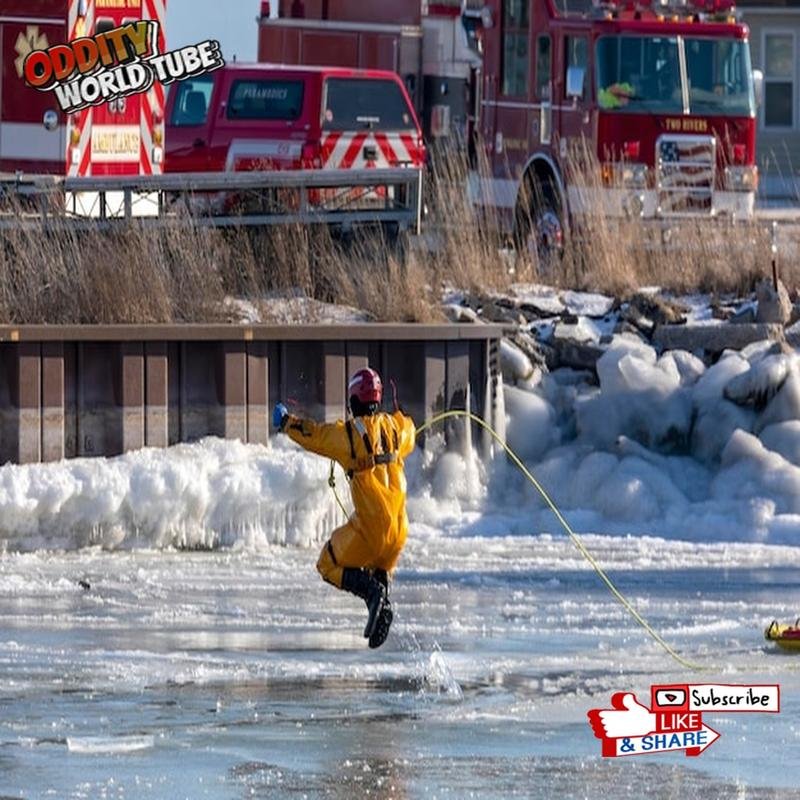Flight 90 Crash: An Analysis of the Potomac River Disaster

Air Florida Flight 90: Potomac River Crash Analysis
On January 13, 1982, the crash of Air Florida Flight 90 into the Potomac River constituted one of the worst aviation disasters in Washington, D.C.’s history.
The Catastrophic Event
This catastrophic event, resulting in 74 fatalities, exposed critical deficiencies in aviation safety procedures and severe weather preparedness. Flight 90, a Boeing 737-222 en route from Washington National Airport (now Ronald Reagan Washington National Airport) to Fort Lauderdale, Florida, encountered a significant snowstorm with approximately five inches of accumulation on the runway. While de-icing procedures were implemented prior to takeoff, they proved inadequate.
Contributing Factors
This insufficient de-icing, compounded by adverse weather conditions, triggered a cascade of events. Despite noting ice accumulation on the wings during pre-flight checks, the crew proceeded with takeoff, a decision influenced by perceived time constraints and an underestimation of the ice’s impact on aircraft performance. Shortly after takeoff, the aircraft experienced a loss of power and altitude, impacting the icy Potomac River approximately two miles from the airport, within a densely populated area. The ensuing chaos severely disrupted traffic and daily life near the 14th Street Bridge, the crash site. Rescue efforts were significantly hampered by frigid temperatures and strong currents. Only six of the 78 passengers and crew survived.
NTSB Investigation
Subsequent investigations by the National Transportation Safety Board (NTSB) identified multiple contributing factors, most significantly wing ice accumulation, which reduced lift and compromised climb performance. Furthermore, the crew’s failure to adhere to proper de-icing procedures and their decision to take off despite the presence of ice were cited as critical errors. The severe weather conditions further exacerbated the situation. The accident exposed significant weaknesses within the aviation safety system.
Aftermath and Safety Improvements
The NTSB’s comprehensive report detailed the root causes and recommended substantial changes to de-icing procedures, pilot training, and air traffic control systems. Many of these recommendations were subsequently implemented, leading to demonstrable improvements in aviation safety. The aftermath of Flight 90 spurred significant advancements within the aviation industry.
Lessons Learned and Lasting Impact
The tragedy underscored the paramount importance of aviation safety and severe weather preparedness. Substantial changes to de-icing protocols, pilot training, and air traffic control systems directly resulted from the accident. More than four decades later, the event remains a stark reminder of the critical need for vigilance and continuous improvement in aviation safety. The legacy of Flight 90, including design modifications to Boeing 737 wings to enhance ice resistance and improved de-icing systems, continues to shape industry practices. The accident serves as a prime example of the “Swiss cheese model” of accident causation, illustrating how multiple system failures can converge to produce catastrophic outcomes. The enduring memory of Flight 90, including the resilience symbolized by survivor Lyndon Carnie, who clung to the submerged tail section for approximately 30 minutes, serves as a constant impetus for enhanced aviation safety globally. Annual commemorations honor the victims and rescuers, reinforcing the lessons learned and the ongoing commitment to aviation safety.










